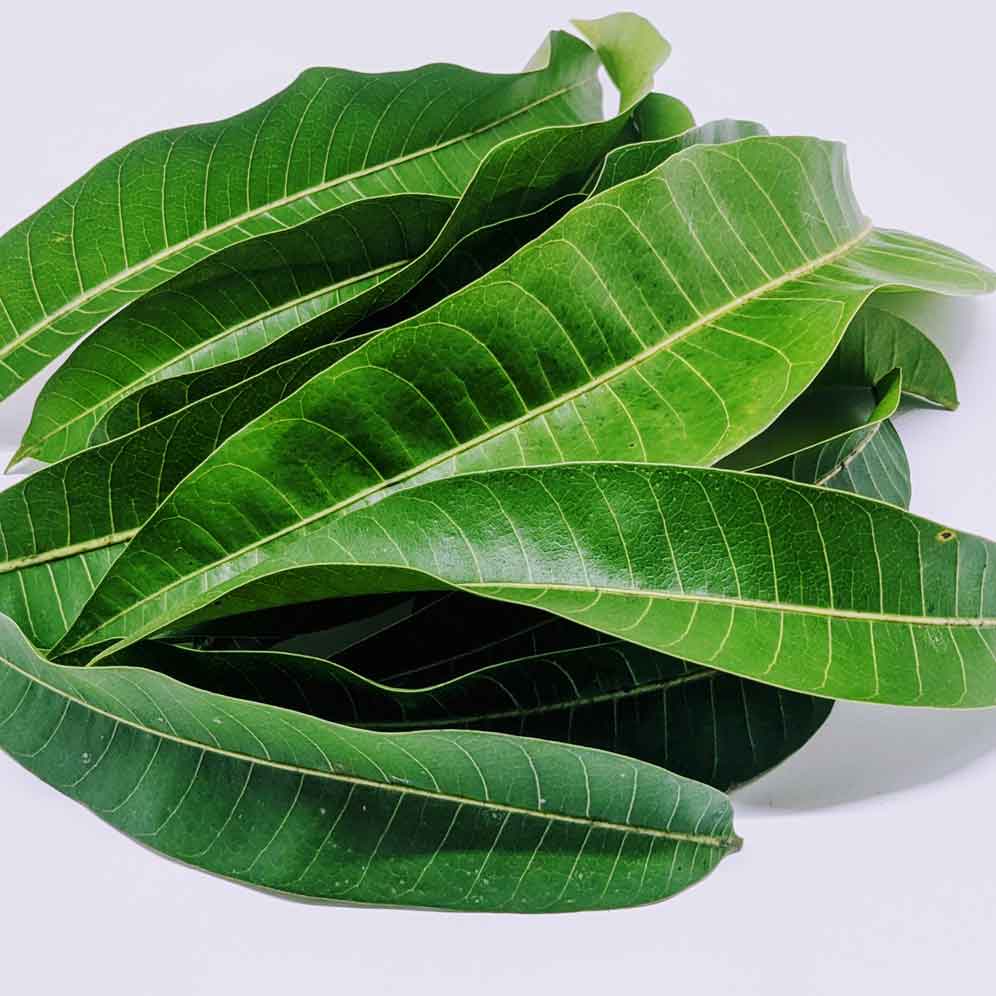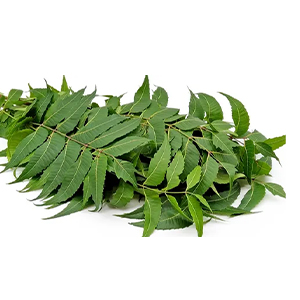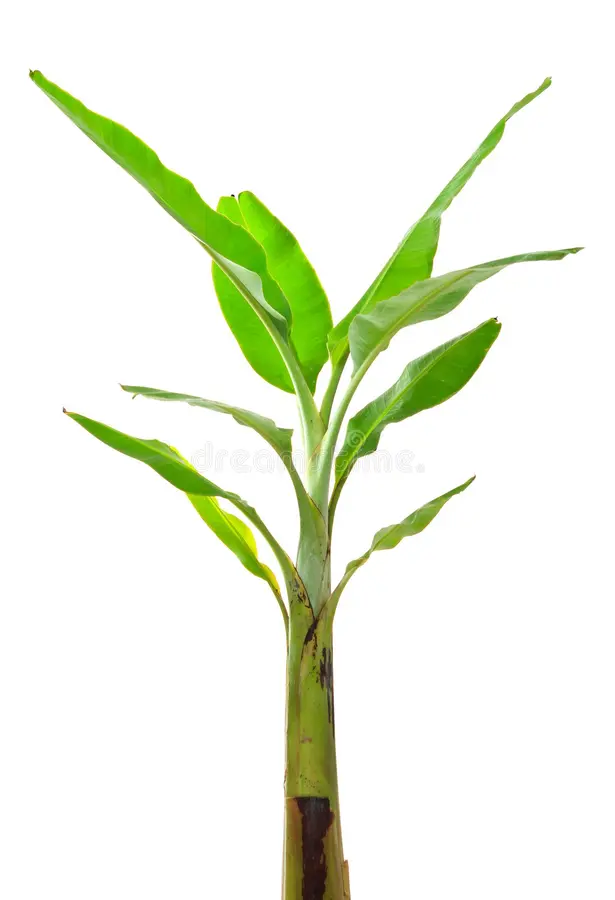Our Products
OTHERS

BANANA LEAVES
Musa spp

BANANA LEAVES
Musa spp
Description:
Banana leaves are large, flexible leaves from the banana plant, often used in tropical cuisine, particularly in Sri Lankan, Indian, and Southeast Asian cooking. They're used as wraps for steaming or grilling food, imparting a unique flavor and aroma. Banana leaves are also used in traditional ceremonies and as a plate or serving wrap in many cultural settings.
Banana leaves are large, flexible leaves from the banana plant, often used in tropical cuisine, particularly in Sri Lankan, Indian, and Southeast Asian cooking. They're used as wraps for steaming or grilling food, imparting a unique flavor and aroma. Banana leaves are also used in traditional ceremonies and as a plate or serving wrap in many cultural settings.

MANGO LEAVES
Mangifera indica

MANGO LEAVES
Mangifera indica
Description:
Mango leaves come from the mango tree (Mangifera indica) and are often used in traditional medicine, cooking, and ceremonies. They're believed to have antioxidant, anti-inflammatory, and antimicrobial properties. Mango leaves can be used in teas, infusions, or as a flavoring agent in some dishes. They're also used in traditional decorations and rituals in some cultures. The leaves have a distinct flavor and aroma and are valued for their medicinal and cultural significance.
Mango leaves come from the mango tree (Mangifera indica) and are often used in traditional medicine, cooking, and ceremonies. They're believed to have antioxidant, anti-inflammatory, and antimicrobial properties. Mango leaves can be used in teas, infusions, or as a flavoring agent in some dishes. They're also used in traditional decorations and rituals in some cultures. The leaves have a distinct flavor and aroma and are valued for their medicinal and cultural significance.

NEEM LEAVES
Azadirachta indica

NEEM LEAVES
Azadirachta indica
Description:
Mango leaves come from the mango tree (Mangifera indica) and are often used in traditional medicine, cooking, and ceremonies. They're believed to have antioxidant, anti-inflammatory, and antimicrobial properties. Mango leaves can be used in teas, infusions, or as a flavoring agent in some dishes. They're also used in traditional decorations and rituals in some cultures. The leaves have a distinct flavor and aroma and are valued for their medicinal and cultural significance.
Mango leaves come from the mango tree (Mangifera indica) and are often used in traditional medicine, cooking, and ceremonies. They're believed to have antioxidant, anti-inflammatory, and antimicrobial properties. Mango leaves can be used in teas, infusions, or as a flavoring agent in some dishes. They're also used in traditional decorations and rituals in some cultures. The leaves have a distinct flavor and aroma and are valued for their medicinal and cultural significance.

GUAVA LEAVES
Psidium guajava L

GUAVA LEAVES
Psidium guajava L
Description:
Guava leaves come from the guava tree (Psidium guajava) and are often used in traditional medicine. They're believed to have various health benefits, including anti-inflammatory, antioxidant, and antimicrobial properties. Guava leaves can be used to make teas, infusions, or decoctions, and are sometimes used to treat digestive issues, diabetes, and other health concerns. The leaves contain compounds that may help reduce inflammation and fight off infections. They're a popular natural remedy in many tropical countries.
Guava leaves come from the guava tree (Psidium guajava) and are often used in traditional medicine. They're believed to have various health benefits, including anti-inflammatory, antioxidant, and antimicrobial properties. Guava leaves can be used to make teas, infusions, or decoctions, and are sometimes used to treat digestive issues, diabetes, and other health concerns. The leaves contain compounds that may help reduce inflammation and fight off infections. They're a popular natural remedy in many tropical countries.

BANANA TREE
Musa spp

BANANA TREE
Musa spp
Description:
The banana tree (Musa spp.) is a tropical plant that produces delicious and nutritious bananas. Every part of the tree is useful - the fruit is eaten ripe or cooked when green, the leaves are used for wrapping food or making crafts, and the flowers are sometimes used in cooking. Banana trees are also a good source of fiber, and the plant's sap can be used for various purposes. They're widely cultivated in tropical regions and are an important food source for many communities.
The banana tree (Musa spp.) is a tropical plant that produces delicious and nutritious bananas. Every part of the tree is useful - the fruit is eaten ripe or cooked when green, the leaves are used for wrapping food or making crafts, and the flowers are sometimes used in cooking. Banana trees are also a good source of fiber, and the plant's sap can be used for various purposes. They're widely cultivated in tropical regions and are an important food source for many communities.
